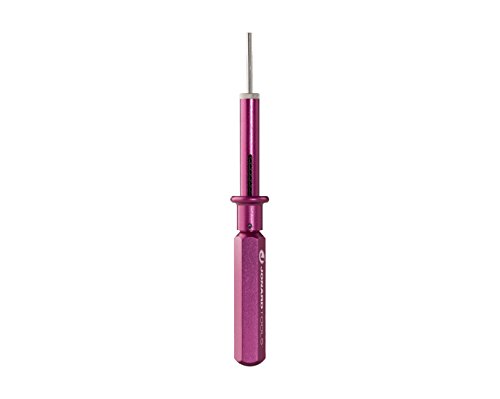Well also I guess you'd have pretty much zero losses if it had the lid on in the microwave. And there's something to be said for the convenience.
I'm not sure about the water. I think it makes a difference that the water is trapped within the potato's cells, and the potato has its skin on. If you imagine cutting open a baked potato, a load of steam comes out which couldn't get out during cooking.
Here's a video of a guy melting gold in a potato crucible while holding it in his
bare hand! Obviously pretty dangerous and not recommended but it's a testament to the insulative qualities of the potato. Holding a conventional crucible like that would be impossible, I daresay even in rockwool wadding.
In
this video, the guy notes that unlike a crucible, the potato doesn't retain any gold around the edges. He picks up the potato containing a significant amount of molten gold barehanded.
Still hoping there's someone here who's tried the microwave potato, or is willing to have a go in the name of science...
Edit to add: of course also the potato can be carved into any mould shape which might be desired...






























































![[5-Yrs Free Data Recovery] Gigastone 256GB Micro SD Card, 4K Game Pro, MicroSDXC Memory Card for Nintendo-Switch, GoPro, Action Camera, DJI, UHD Video, R/W up to 100/60MB/s, UHS-I U3 A2 V30 C10](https://m.media-amazon.com/images/I/41c2At+bojL._SL500_.jpg)











